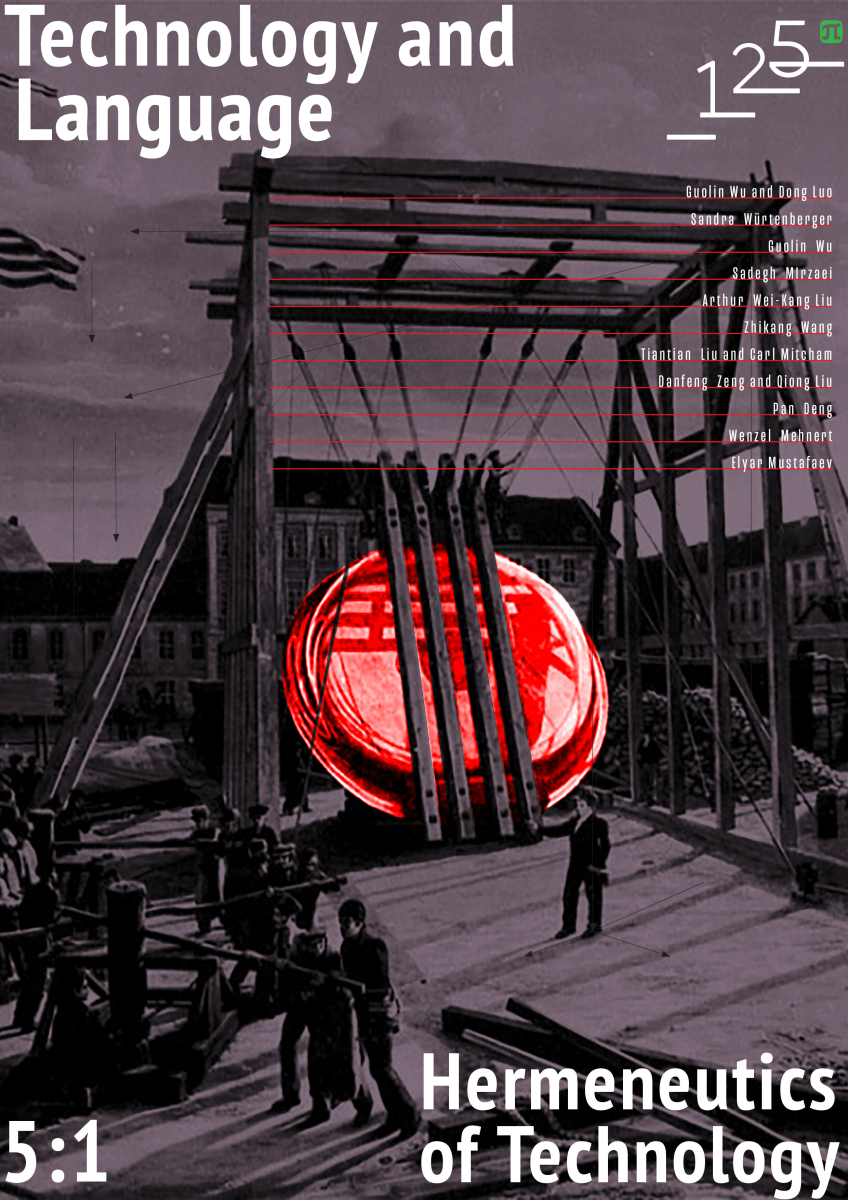Techniques of Presence: A Way to Interpret Technoscience Starting from Ernesto De Martino’s Theory of Magic
Ernesto de Martino developed in the 1940s a theory of magic on philosophical grounds, while engaging a critical dialogue with the anthropology of his time. The central category of his study is that of the “crisis of presence”. Through it, the magical is interpreted as a historical response to an existential and permanent predicament of the human condition. The role of the shaman and the ritual are interpreted in an original way as countermovements against the risk of losing one's individual consistency (presence). Magic, from this perspective, reveals itself not to be primarily a way of dominating the natural world and making it function according to our needs and desires. While it does not lose this operative character, it proves to be initially born out of an inner condition of existential crisis. The purpose of this paper is to delineate the De Martino’s theory of the relationship to magic and to trace its connection to modern technosciences. regarding the underlying need to which they respond and the way in which its procedures are conducted: In magical thinking there is no intention of developing a description of the world, instead a willingness to dominate its irregularities. Magic operates through recomposing human presence when it is threatened by forces outside its dominion. In our hypothesis, magicians appear as a kind of techno-scientists who succeed in obtaining a representation of the world only insofar as their interventions prove effective on it.



